Photosynthesis takes place in the part of the plant cell containing chloroplasts, these are small structures that contain chlorophyll For photosynthesis to take place, plants need to take inJun 01, 12 · Given that photosynthesis generates carbon and energy required for plant growth and development, photosynthesis is usually assumed to be optimized given that it has had >35 billion years of evolutionary fine tuning However, there is now a great deal of evidence to suggest that many photosynthetic components of crop plants, for example, Rubisco specificity factor ,The Earth system model below includes some of the processes and phenomena related to photosynthesis These processes operate at various rates and on different spatial and temporal scales For example, carbon dioxide is transferred among plants and animals over relatively short time periods (hoursweeks), but the deforestation alters ecosystems
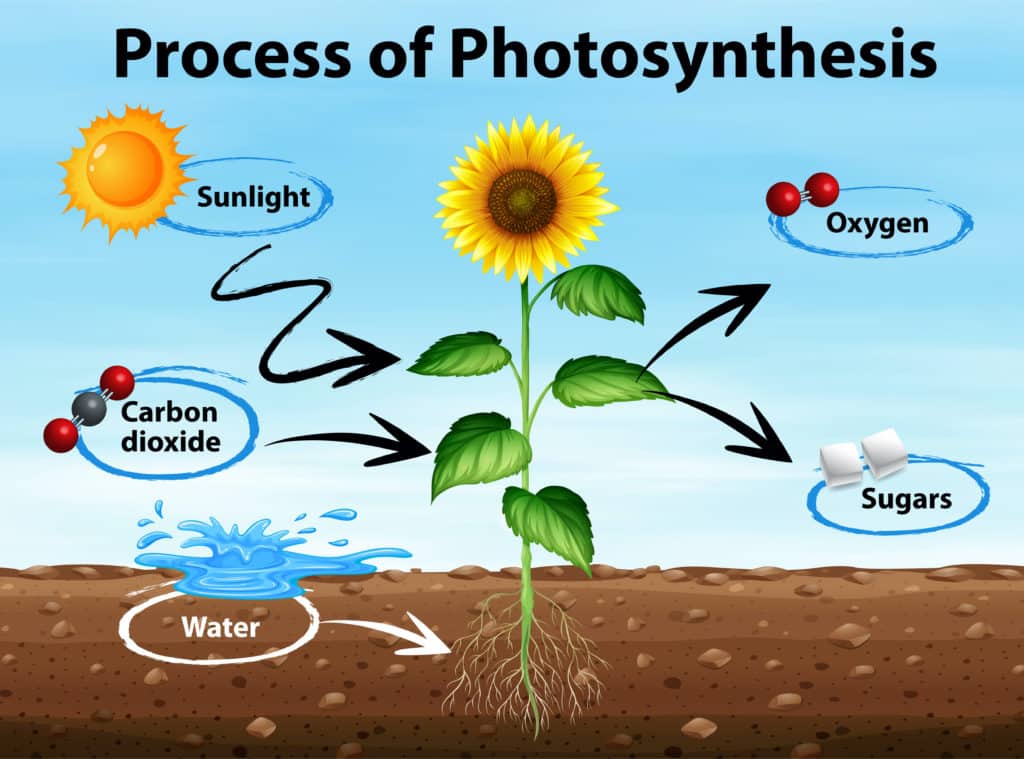
What Is Photosynthesis Science Questions
Model of photosynthesis in plants
Model of photosynthesis in plants-Photosynthesis is an endothermic reaction The light energy required is absorbed by a green pigment called chlorophyll in the leaves Chlorophyll is located in chloroplasts in plant cellsDec 03, 19 · Dec 03, 19 · The most common type of photosynthesis in plants is the C3 photosynthesis "The model also predicts intermediacy as an optimal solution under particular conditions and explains why different



Crop Simulation Software Helps To Find Better Crops Arc Centre Of Excellence For Translational Photosynthesis
A model of leaf photosynthesis of C 3, plants has been developed to describe their nitrogen economyIn this model, photosynthetic proteins are categorized into five groups depending on their functions The effects of investment of nitrogen in each of these groups on the maximal rate of photosynthesis and/or the initial slope of the light‐response curve are described as simpleIn this kinesthetic model, students will learn that plants need carbon dioxide, water, and sunlight to carry out photosynthesis Using ping pong balls and egg cartons, they will simulate the production of sugar molecules to store energy (photosynthesis), and then break apart these molecules to acquire energy (cellular respiration)Equations, photosynthesis all within this one model 1 Cut out all pieces 2 Fold the top leaf along the dotted line so that the leaf can open up from the point (opposite the stem) 3 Glue the top leaf to the bottom leaf, but ONLY GLUE the half of the leaf that is nearest the stem The other half of the leaf will open up to see the inside of
Dec 01, 09 · Nearly three decades ago Farquhar, von Caemmerer and Berry published a biochemical model for C 3 photosynthetic rates (the FvCB model) The model predicts net photosynthesis (A) as the minimum of the Rubiscolimited rate of CO 2 assimilation (Ac) and the electron transportlimited rate of CO 2 assimilation (Aj)According to real weather and soil conditions measured online at Hyytiälä, we use a fairly straightforward and simplified mathematical model to calculate the photosynthesis rate The model includes the most common environmental responses, while it omits the change in the internal state of the plant, for the most part This means that thePhotosynthesis in aquatic plants takes place in the same way as the land plants undergo to produce foods Read on to know more about how photosynthesis takes place in aquatic plants Ability to perform photosynthesis is the main distinguishing feature between green plants and other organisms on Earth
Jun 11, 21 · Photosynthesis, the process by which green plants and certain other organisms transform light energy into chemical energy During photosynthesis in green plants, light energy is captured and used to convert water, carbon dioxide, and minerals into oxygen and energyrich organic compoundsIn plants, photosynthesis takes place primarily in leaves, which consist of many layers of cells and have differentiated top and bottom sides The process of photosynthesis occurs not on the surface layers of the leaf, but rather in a middle layer called the mesophyll (Figure 6) The gas exchange of carbon dioxide and oxygen occurs through• plants, phytoplankton, cyanobacteria (any photosynthetic organism) • the basis of almost all ecosystems • all "food energy" ultimately comes from the sun • source of all atmospheric oxygen (O 2) Light energy PHOTOSYNTHESIS 6 CO 2 6 H 2 O Carbon dioxide Water C 6H 12 6 6 O 2 Glucose Oxygen gas




Buy Melody S Hobby Centre Photosynthesis Biol Dogy Working Science Project Model Online At Low Prices In India Amazon In
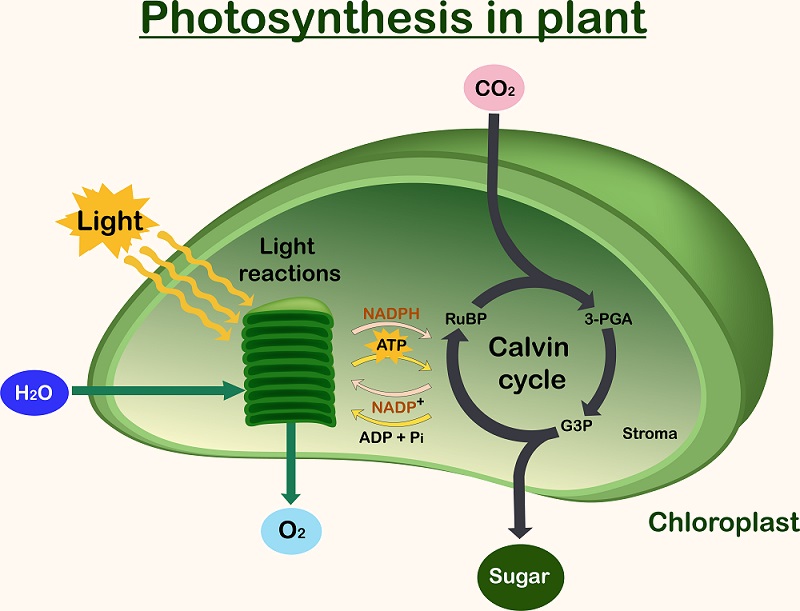



Ls1 5 Photosynthesis Modeling Biology Dictionary
Photosynthesis is the process through which plants convert light energy from the sun to chemical energy During the process of photosynthesis, plants capture light energy and use it to convert water, carbon dioxide, and minerals into oxygen and glucose Lets have a look at the process of photosynthesis and also explore its importancePhotosynthesis is important because it provides two main things food oxygen Some of the glucose that plants produce during photosynthesis is stored in fruits and roots This is why we are able to eat carrots, potatoes, apples, water melons and all the others These foods provide energy for humans and animalsMaizSim2DSOIL model that is capable of simulating changes in soil moisture levels and the transpiration and photosynthesis of corn plants under varying soil water status, and (2) to evaluate the performance of the coupled model by comparing the simu‐ lated transpiration and photosynthesis with those measured
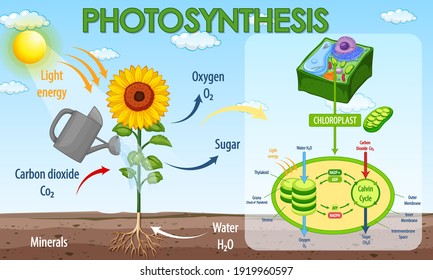



Photosynthesis Process Images Stock Photos Vectors Shutterstock
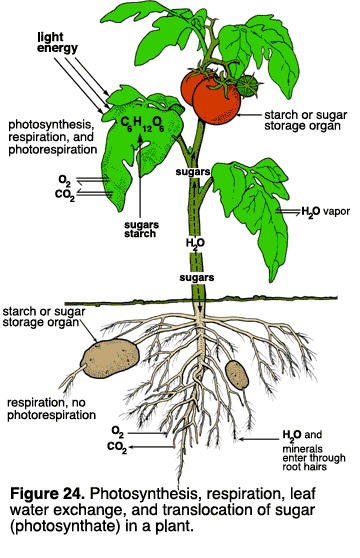



Plant Growth And Development
The three types of photosynthesis are C3, C4 and CAM photosynthesis The definition of photosynthesis and the general equation can be found under Overview of Photosynthesis Plants perform photosynthesis because it generates the food and energy they need for growth and cellular respirationPlants may be viewed as carbon sinks, removing carbon dioxide from the atmosphere and oceans by fixing it into organic chemicals Plants also produce some carbon dioxide by their respiration, but this is quickly used by photosynthesis Plants also convert energy from light into chemical energy of CC covalent bondsInclusion into globalscale models Acclimation of photosynthesis and plant respiration to temperature and CO 2 Plant acclimation, in the context of plant physiology, is a term used to describe a collection of biochemical and physiological responses of an individual plant to an environmental change, in which the plant's response to



Crop Simulation Software Helps To Find Better Crops Arc Centre Of Excellence For Translational Photosynthesis




Photosynthesis Definition Formula Process Diagram Reactants Products Facts Britannica
HSLS15 Use a model to illustrate how photosynthesis transforms light energy into stored chemical energy Clarification Statement Emphasis is on illustrating inputs and outputs of matter and the transfer and transformation of energy in photosynthesis by plants and other photosynthesizing organisms Examples of models could include diagramsJan 23, 15 · DEFINITION OF PHOTOSYNTHESIS • Is the process by which autotrophic organisms use light energy to make sugar and oxygen gas from carbon dioxide and water • Occurs in plants, algae and some prokaryotes • Anabolic (small molecules combined) • Endergonic (stores energy) • Stored as carbohydrate in their bodies 4Photosynthesis Photosynthesis in plants Photosynthesis Biology basics for children Science elearninPhotosynthesis Hello Kids Do you know how p
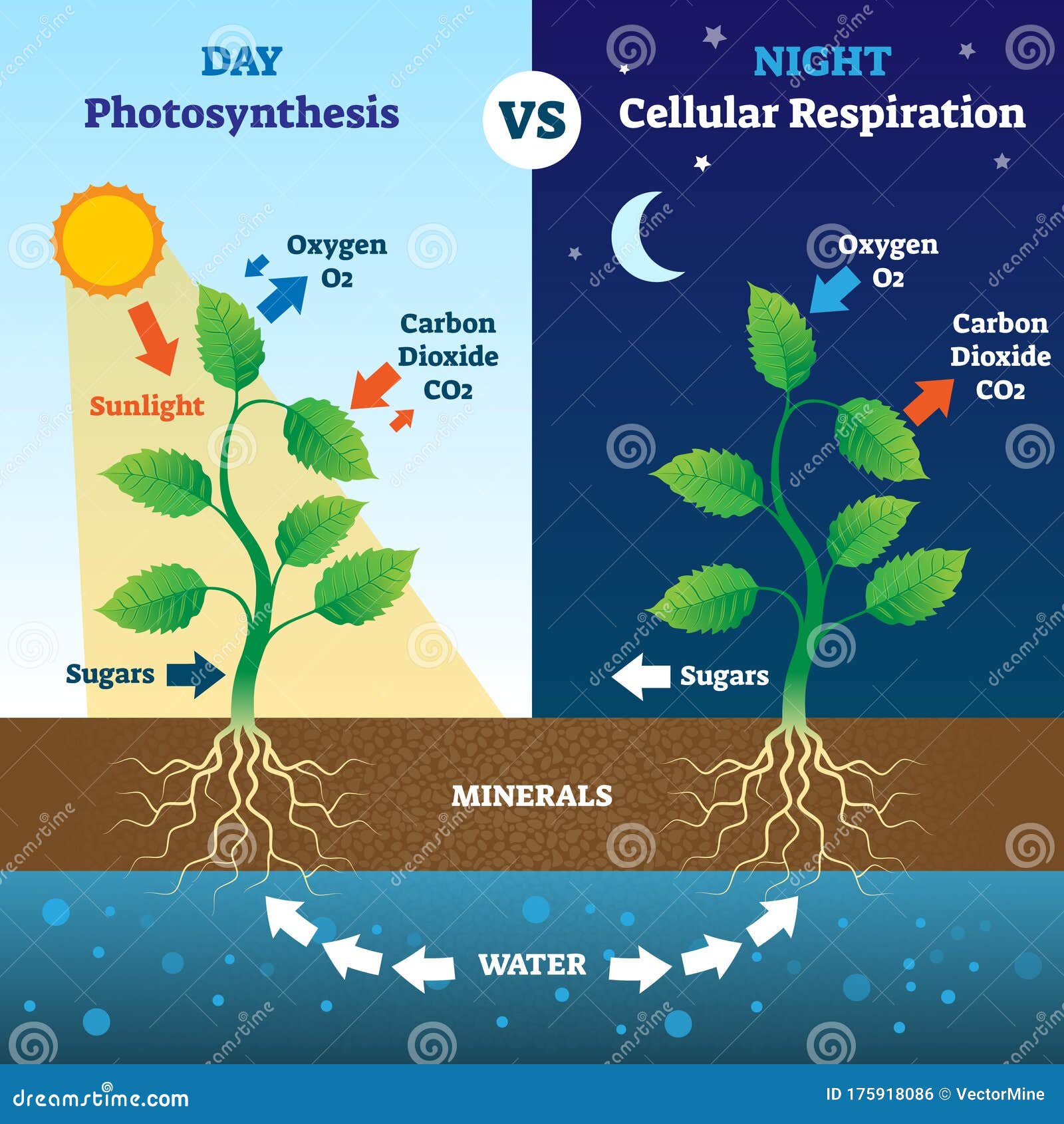



Photosynthesis And Cellular Respiration Comparison Vector Illustration Stock Vector Illustration Of Model Diagram




Photosynthesis Wikipedia
MODEL The Chemistry of Photosynthesis Purpose 1 Demonstrate how the reactants of photosynthesis are chemically changed during the process of photosynthesis to form the products 2 Explain how the atoms in water and carbon dioxide are related to the glucose and oxygen molecules that are made during photosynthesis 3Photosynthesis in a Plant Leaf Model (Top) t t a Upper epidermis veins © Chris Kesler, Madsciencelessonscom, 13 W t er (H 2 0) e n e r s the le a f th r ou g h theA systems model should integrate metabolic processes including photosynthesis, respiration, nitrogen metabolism, resource remobilization and photosynthate partitioning with canopy level light, CO (2), water vapor distributions and heat exchange processes In so doing a systemsbased canopy photosynthesis model will enable studies of molecular
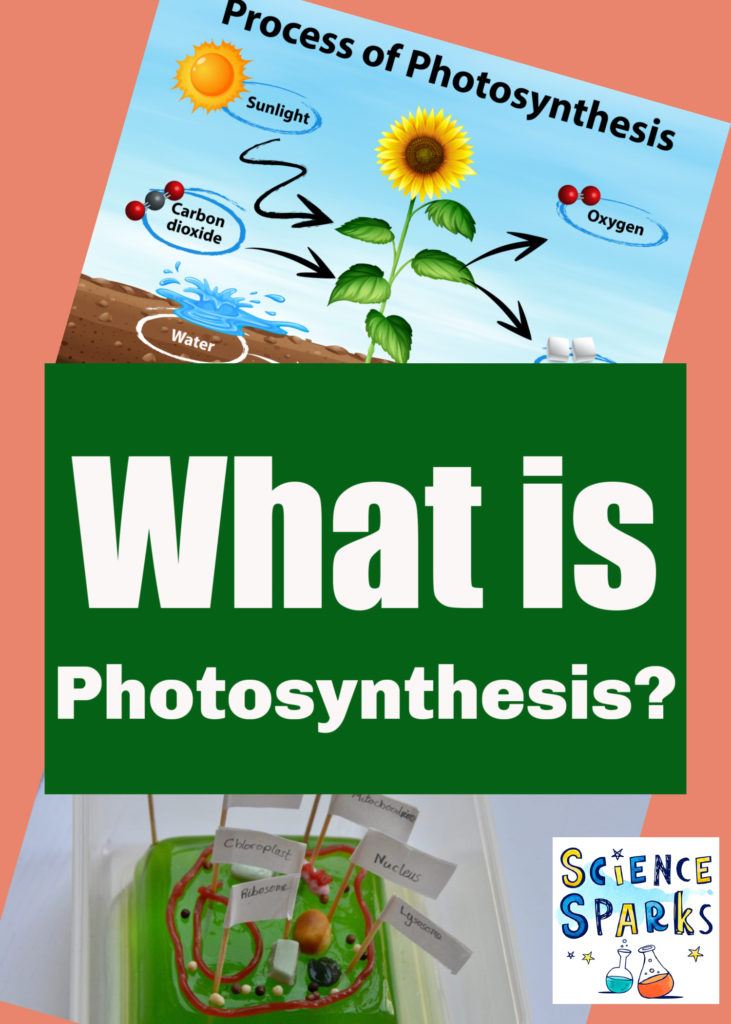



What Is Photosynthesis Science Questions
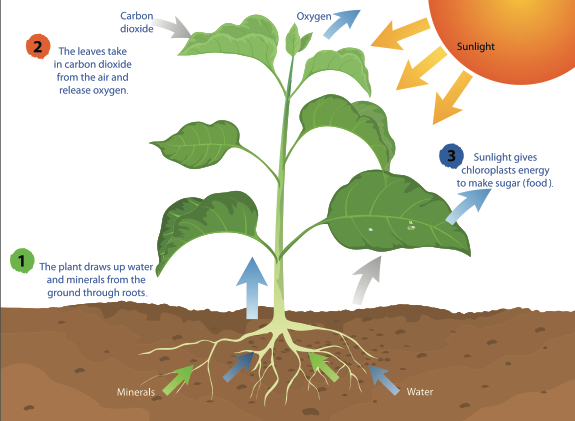



What Is Photosynthesis Smithsonian Science Education Center


